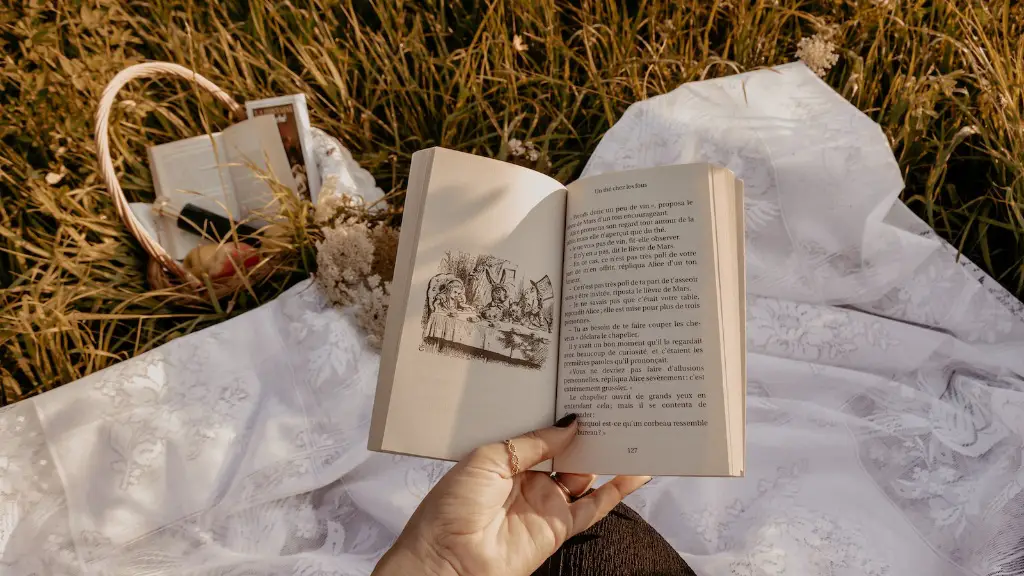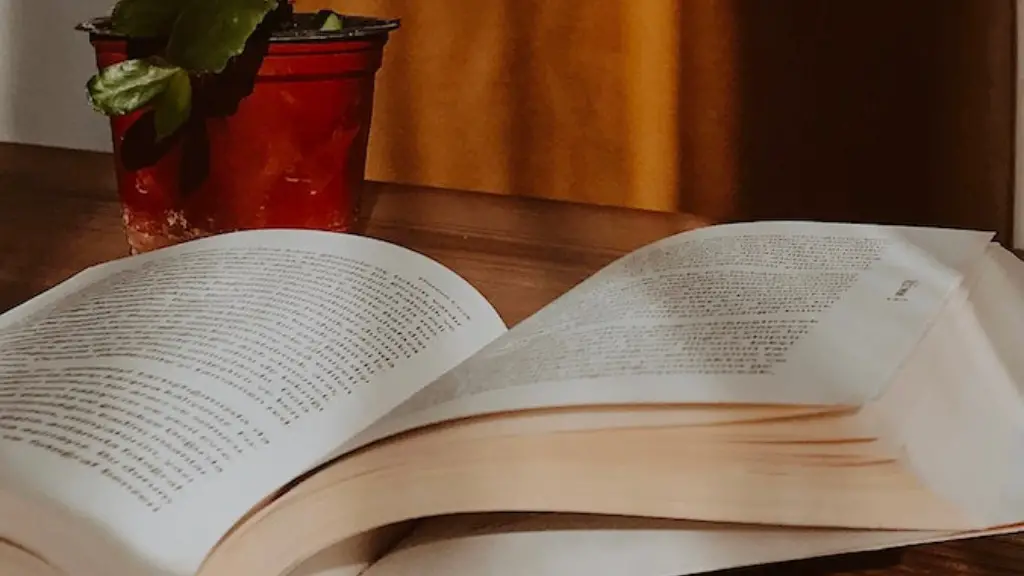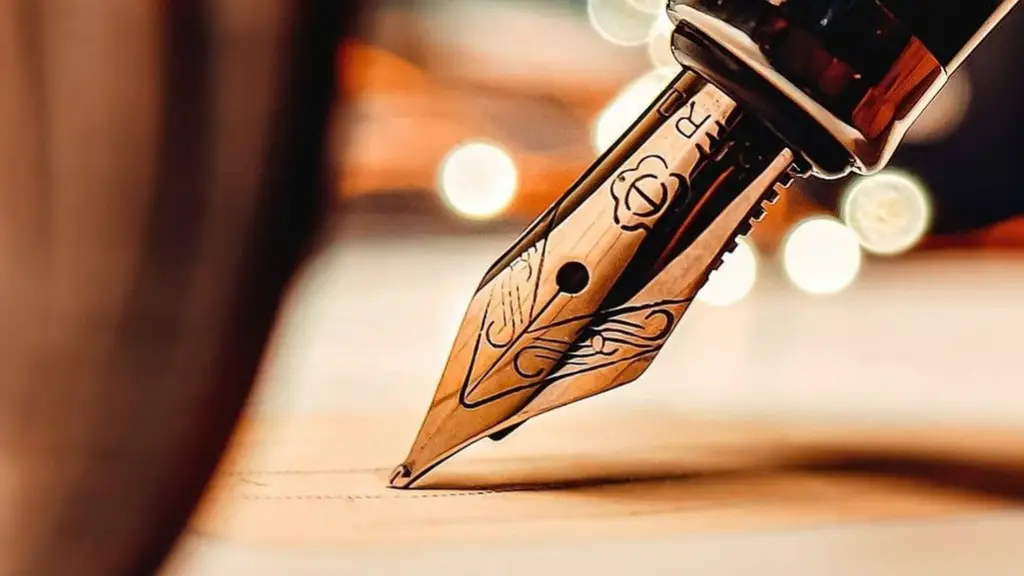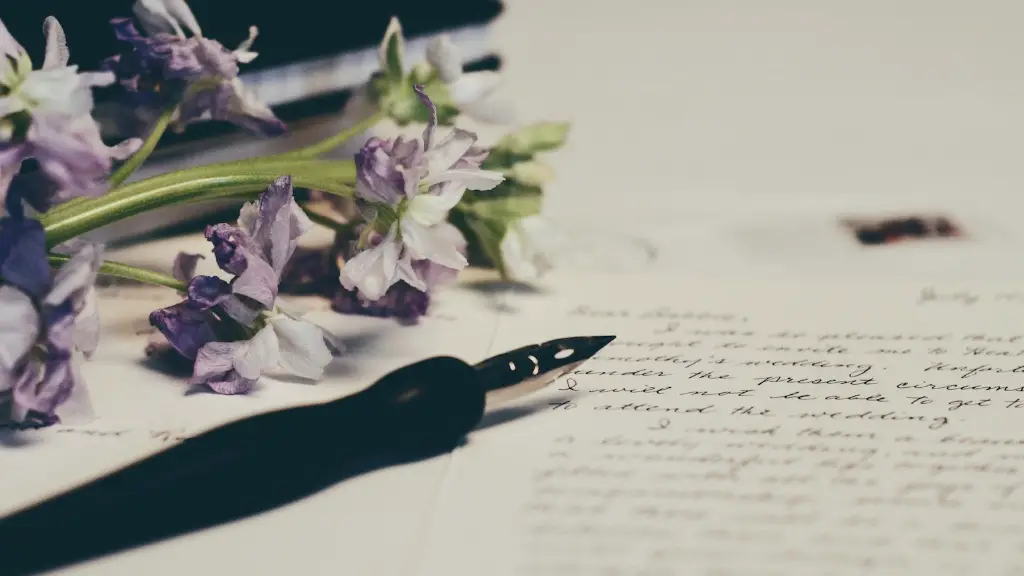Poetry has been a part of India’s culture since antiquity, with the earliest surviving poems from around 600 BC. It has evolved over the centuries, adapting to changes in language, literary style, technique, and forms that reflect the historical and cultural influences of the nation. Indian poets have used a variety of verse forms, including folk-style ballads, sonnets, and sutras.
Indian poetry is incredibly diverse and includes a variety of forms ranging from Sanskrit and Tamil verse to Sufi and modernist. Sanskrit poetry starts from the Vedas of the Hindu religion, which are religious texts in which hymns and different narratives are presented in a poetic form. Tamil verse of South India is among the oldest surviving poetic forms and is still widely read today. Persian Sufi poets are known for their lyrical spiritual poems, while modernist poets explore themes of life, love, and politics with an imagination that is both accessible and potent.
The themes portrayed in Indian poetry run the gamut. From meditations on love and death, to explorations of spiritual themes and social commentary, Indian poetry has deep roots and a strong influence on leading contemporary poets. Indian poets often use symbolism and metaphors to express their ideas and evoke emotions in the reader. Religion and faith have been an important subject for Indian poets and their works often reflect themes of mysticism, devotion, and enlightenment.
Some of the best-known Indian poet-laureates are Rabindranath Tagore, A.K. Ramanujam and Meena Kandasamy. Tagore, a Nobel Prize laureate and the most celebrated Bengali poet and playwright, is noted for his tenderness, insight and directness. Ramanujam is widely recognised for his sophisticated and erudite poetry which is heavily influenced by classical Tamil poetry, while Kandasamy is known for her progressive, modernist and politically charged subject matter.
The most prominent literary devices used in Indian poetry are repitition, blank verse, stanzas, and rhyme. Repetition is the use of words, phrases, or sentences repeated in the same order, while blank verse involves unrhymed iambic pentameter. Stanzas are units or paragraphs of a poem, separated from each other by blank lines, while rhyme is the use of words that have similar sounds. Other devices commonly used in Indian poetry include assonance, imagery, and alliteration.
Indian poetry is marked by its elaborate use of language and its lyrical quality. The language used in Indian poetry has its own beauty and appeal, and varies among the various regions and linguistic groups, as each has its own style of verbal expression. The beauty of Indian poetry is further accentuated by classical musical accompaniment, as is often seen in Carnatic, Hindustani, and Rabindra Sangeet.
Indian poetry has not only made India a rich cultural legacy, but it has also shaped contemporary literature and poetry worldwide. Its approach to literature and the many forms, styles, and techniques used have made it an inspiration for poets and writers for centuries. Indian poetry has an undeniable ability to move and touch people emotionally, and its impact on today’s contemporary literature remains as strong as ever.
Indian Poetry & Language
The languages used for Indian poetry are incredibly varied, with 13 official languages in India and countless other dialects spoken. The oldest language in India is Sanskrit. This language was used in Vedic literature, the earliest core of Sanskrit poetry, and it continues to be used by poet-scholars writing in India today.
In addition to Sanskrit, many other languages like Tamil, Kannada, and Telugu are also used for Indian poetry. Tamil is the oldest surviving literature in India and its poetry has been used in both archaic and classical forms. Kannada and Telugu are two of the major languages spoken in South India, and their literature reflects the rich cultural heritage of the region. Hindi is the most commonly spoken language in India, and its poetry is renowned for its sophistication and lyrical beauty.
The poetic tradition of India dates back some six thousand years, and its authors have used a variety of styles and forms over the centuries. This includes forms such as Bhakti yoga, gnomic poems, traditional forms such as the kiwachi, modernist forms such as the nazm, and more. The structure and meaning of Indian poetry is closely linked to the language used, and the use of well-crafted poetic devices like rhyme and metaphor can add deeper meaning to the work.
Indian Poets & Works
Some of India’s greatest poets have been remembered to this day, with their works still celebrated by people from all walks of life. One of the most influential was Kalidasa, a Sanskrit poet from the 5th century AD. His works are characterised by their mastery of language and their profound meditations on the human condition. Besides Kalidasa, some of the eminent Indian poets include Kabir, Mirabai, Bankim Chandra Chatterjee, Rabindranath Tagore, and Toru Dutt.
Some of the most celebrated works of Indian poetry include the works of Tagore, Kabir, Mirabai, and Dutt. Tagore is best known for his poem Gitanjali, which earned him the Nobel Prize in 1913. Kabir is remembered for his devotional songs that bridged the gap between Hinduism and Islam. Mirabai is celebrated for her poetry of devotion to the Hindu god Krishna, while Toru Dutt’s A Sheaf Gleaned in French Fields is a classic example of the Parnassian poetry style.
Contemporary Indian Poetry
Today, Indian poetry both reflects, and is shaped by, the cultural and social changes in India. There has been a rise in the popularity of English-language poetry, as poets explore themes such as love, longing, immigration, and identity. Aamir Aziz, for example, combines poetry and technology in his innovative pieces, while award-winning poets like Jayanta Mahapatra, Juhi Chaturvedi, and Arundhathi Subramaniam explore themes of longing and belonging. Contemporary Indian poetry has also become increasingly political, with poets such as Avtar Singh exploring topics such as religion and caste.
The abundant wealth of Indian poetry that is currently being created and enjoyed is testament to the enduring artistic and cultural richness of the nation. As poets interpret their experiences both inwardly and of the world around them, Indian poetry is sure to continue making its mark on the literary landscape.
Indian Poetry & Music
One of the most beautiful aspects of Indian poetry is the way in which it is often intertwined with music. Indian music has been around for thousands of years, and has a diverse range of musical forms and styles. Ragas are melodic patterns that are used to accompany Indian poetry. Similarly, Theka is a type of rhythmic structure in North Indian classical music that is commonly used in Indian poetry such as Ghazals and Qawwali.
Music and poetry in India has been elevated to a much higher level than in other cultures. The combination of poetry and music is often used to evoke and deepen emotions, allowing us to connect with the sacred and divine in a profound way. This is evident in the live performances of composers such as Ravi Shankar and Zakir Hussain, both of whom use classical music and poetry to enthrall and move audiences.
Final Thoughts
Indian poetry is a rich and vibrant form of literature that has been around for centuries. Its themes and forms, combined with the myriad of languages and musical forms in which it is expressed, make it a unique and fascinating form. It has produced some of the most respected authors, and its influence continues to shape the literary landscape of India and beyond.
Indian poetry speaks to the core of what it means to be human, and its beauty has touched minds, hearts, and souls for centuries. Its ability to evoke and captivate its audience is remarkable, and its profound messages are timeless. Indeed, Indian poetry is a testament to the creative and emotional power of language.




